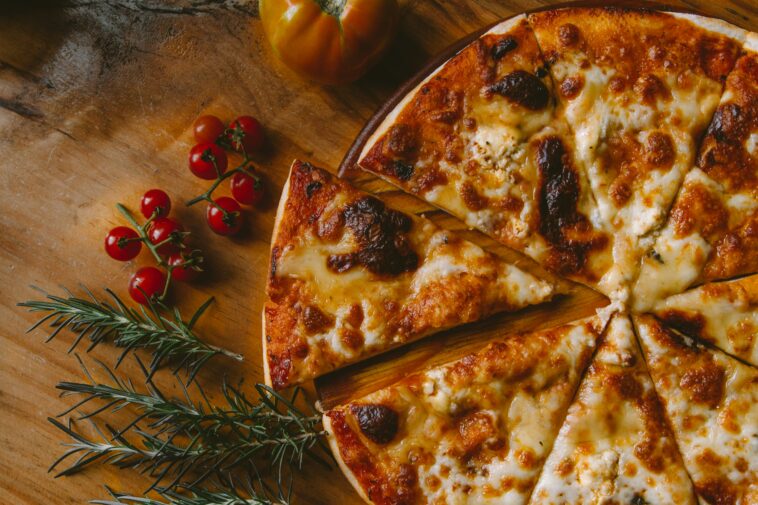Italian cuisine is renowned worldwide for its rich flavors, vibrant colors, and diverse textures. At the heart of this gastronomic marvel lies a staple that has transcended borders and captured the hearts of food enthusiasts everywhere: pasta. From the bustling streets of Naples to the serene countryside of Tuscany, pasta has woven itself into the fabric of Italian culture, serving as a symbol of tradition, community, and culinary excellence.
A Brief History
The history of pasta in Italy is as rich and varied as the sauces that adorn it. While the exact origins of pasta are debated among historians, evidence suggests that it has been a dietary staple in Italy for over a thousand years. Ancient Romans enjoyed a dish known as “lagane,” which bears a striking resemblance to modern-day lasagna. However, it wasn’t until the Arab invasions of Sicily in the 8th century that pasta as we know it today began to take shape.
The Arabs introduced a dried, durum wheat pasta to the region, revolutionizing Italian cuisine and paving the way for the myriad pasta varieties that exist today. Over the centuries, pasta-making techniques evolved and spread throughout the Italian peninsula, with each region adding its own unique twist to the culinary tradition.
The Art of Pasta Making
Making pasta is not merely a culinary task in Italy; it is an art form passed down through generations. Traditional pasta dough consists of just two ingredients: durum wheat flour and water. However, the magic lies in the skillful hands of the pasta maker, who knows precisely how to knead the dough to achieve the perfect consistency.
Once the dough is rolled out and shaped, it is transformed into a dazzling array of pasta shapes, each designed to pair harmoniously with specific sauces. From the long, slender strands of spaghetti to the delicate folds of ravioli, the sheer diversity of pasta shapes is a testament to the creativity and ingenuity of Italian cooks.
Regional Varieties
One of the most captivating aspects of Italian pasta is its regional diversity. Each region boasts its own unique pasta shapes, sauces, and flavor combinations, reflecting the local ingredients and culinary traditions.
In the north, hearty dishes like tagliatelle al ragù reign supreme, with rich, meaty sauces clinging to wide ribbons of pasta. As you travel southward, you’ll encounter lighter, seafood-based dishes like linguine alle vongole, where delicate clams are tossed with garlic, white wine, and parsley.
In Sicily, couscous—a legacy of the island’s Arab past—is served alongside traditional Italian pasta dishes, showcasing the fusion of cultures that defines Sicilian cuisine. And in Sardinia, malloreddus, tiny ridged pasta shells, are served with a fiery tomato and sausage sauce, reflecting the island’s rugged landscape and bold flavors.
Pasta and the Italian Table
In Italy, pasta is more than just a meal; it is a social institution—a cornerstone of family gatherings, celebrations, and communal feasts. The Italian table is a place where stories are shared, laughter rings out, and bonds are forged over steaming plates of pasta.
Sunday lunches, in particular, are a sacred tradition in many Italian households, with generations coming together to savor plates of homemade pasta lovingly prepared by nonnas (grandmothers) and mammas. These gatherings are a testament to the enduring power of pasta to bring people together and nourish both body and soul.
The Future of Pasta
As the world becomes increasingly interconnected, Italian pasta continues to captivate and inspire people from all walks of life. In recent years, there has been a resurgence of interest in traditional pasta-making techniques, with chefs and home cooks alike seeking to honor and preserve Italy’s culinary heritage.
At the same time, pasta has also evolved to meet the demands of modern palates, with innovative chefs experimenting with new ingredients and flavor combinations. Whether it’s gluten-free pasta made from alternative grains or vegan-friendly sauces packed with seasonal vegetables, pasta remains a versatile canvas for culinary creativity.
In conclusion, Italian pasta is more than just a dish; it is a cultural phenomenon—a symbol of Italy’s rich culinary heritage and the enduring power of food to bring people together. From its humble beginnings to its global popularity today, pasta has truly earned its place as one of the world’s most beloved comfort foods. So the next time you twirl a forkful of spaghetti or savor a bite of ravioli, take a moment to appreciate the centuries of tradition and craftsmanship that have gone into creating this culinary masterpiece. Buon appetito!

